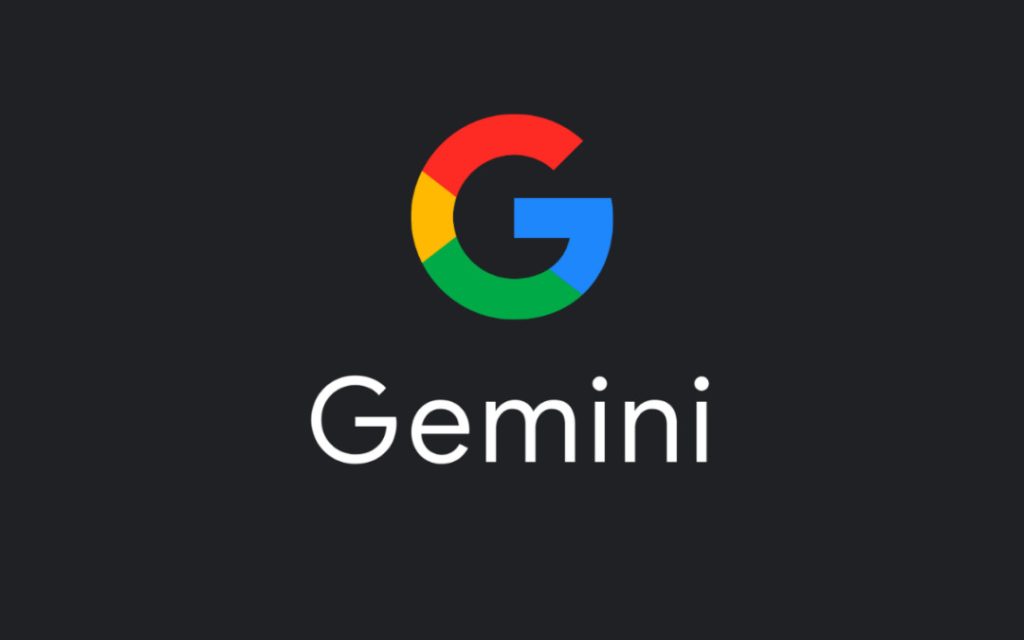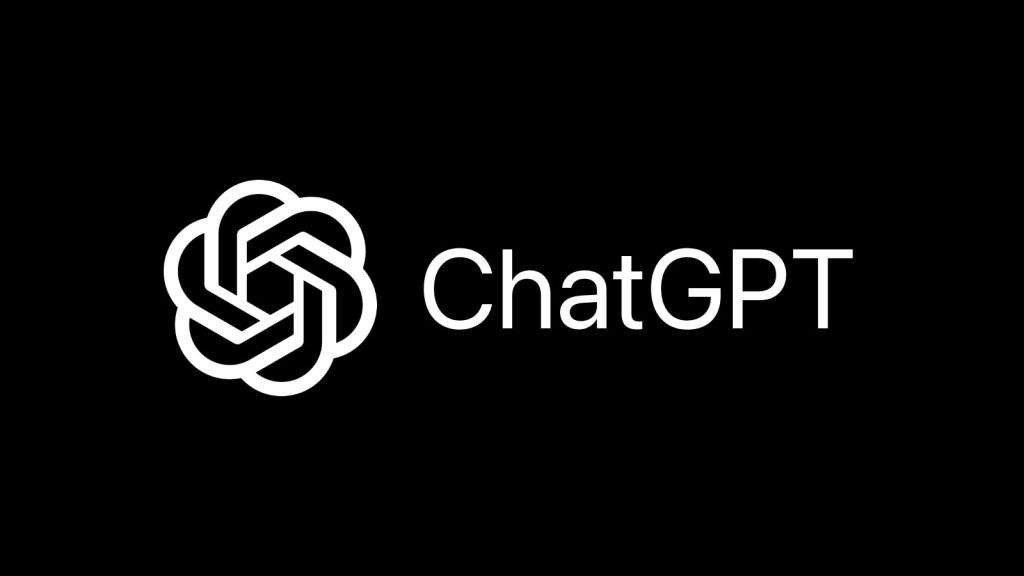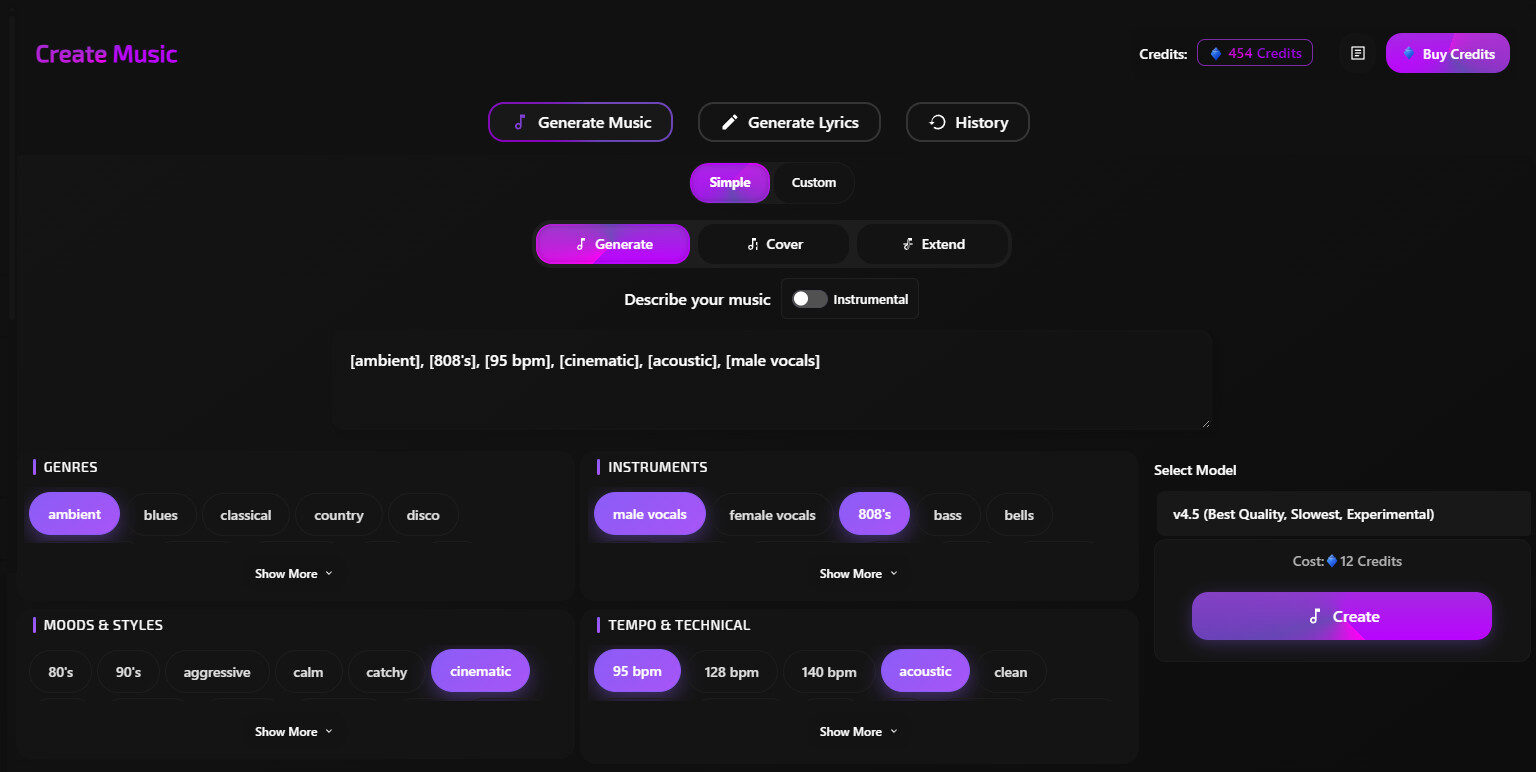Estimated reading time: 8 minutes

Artificial intelligence (AI) continues to evolve, bringing different models to the forefront of technology. People often wonder about the key differences between these models and what makes each unique. The most popular AI models vary significantly in their capabilities, training methods, and applications. What Are the Differences Between the Most Popular AI Models? A Comparative Analysis
Some models shine in specific tasks, while others offer more versatility. Understanding what sets these models apart can help users choose the right one for their needs. From performance metrics to ethical considerations, there is a lot to explore in the world of AI.
Key Takeaways
- Popular AI models differ in their design and use cases.
- Performance metrics help evaluate their effectiveness.
- Ethical considerations shape the future of AI development.
Evolution of AI Models
The evolution of AI models has seen rapid advancements over the years. Each model builds on past successes while introducing new features.
Key Models:
- OpenAI ChatGPT
- Released in 2020
- Known for its conversational abilities and engaging language skills.
- It uses transformer architecture to understand context.
- Google Gemini
- Launched in 2024
- Aimed to combine AI and data analysis.
- Focused on integrating multiple types of data sources.
- Meta Llama 3.1
- Developed in 2023
- Emphasizes creative tasks and content generation.
- Designed to improve interactions on social platforms.
- Claude
- Introduced in 2023
- Known for its focus on ethical AI use.
- It aims to provide reliable and safe responses to users.
Trends in AI:
- Increased Personalization: Models are becoming better at understanding individual user needs.
- Ethical Considerations: As AI grows, concerns about bias and safety are addressed more seriously.
- Cross-Model Collaboration: Different models are now being tested together for improved results.
Each model plays a role in the larger narrative of AI development, marking progress and setting new standards.
Defining AI Model Characteristics
AI models have various characteristics that set them apart. Key aspects include their features, costs, and speed. Understanding these differences helps users select the right model for their needs.
Features
AI models come with distinct features that determine their capabilities. Some models excel in natural language processing, while others focus on image recognition or data analysis.
For example, models like OpenAI’s GPT can generate human-like text based on prompts. In contrast, Google’s BERT is mainly used for understanding context in language.
Additional features can include multi-language support, customization options, and user interfaces. Models may also have built-in security measures. Overall, the right features depend on specific tasks and applications.
Costs
The cost of AI models can vary greatly. Some models are open-source and free, while others may require subscription fees or licensing.
For instance, models offered by companies like OpenAI may charge based on usage. This cost can include processing time, storage, and support.
When considering costs, users should also factor in not just initial fees, but ongoing expenses. Choosing a model based solely on price can sometimes lead to suboptimal performance or limited features.
Speed
Speed is a critical factor when evaluating AI models. It refers to how quickly the model can process data and deliver results.
Some models are optimized for high-speed tasks, such as real-time data processing. Others might focus on accuracy over speed, leading to longer response times.
For example, models that require extensive training and fine-tuning may take longer to output results. Users should assess their needs and decide if speed or accuracy is more important for their particular use case.
Comparative Analysis of Popular AI Models
This section explores the main features, costs, and speed of four leading AI models: Google Gemini, Meta Llama 3.1, OpenAI ChatGPT, and Claude. Each model has unique strengths that appeal to different users and applications.

Google Gemini Analysis
Google Gemini is known for its advanced natural language processing and machine learning capabilities. It excels in understanding context and generating human-like text.
Key Features:
- Multimodal capabilities, which allow it to process both text and images.
- Integration with Google’s services enhances its functionality.
Costs:
- Pricing varies based on usage, with a tiered model that allows pay-per-use options.
Speed:
- Gemini offers rapid response times, making it suitable for real-time applications.

Meta Llama 3.1 Overview
Meta Llama 3.1 stands out for its focus on conversational AI. It is designed for seamless dialogue with users.
Key Features:
- Enhanced understanding of informal language, improving interaction quality.
- Customizable interfaces to fit specific user needs.
Costs:
- It operates on a subscription model, providing different plans that cater to various user requirements.
Speed:
- Llama 3.1 showcases quick processing, making it effective for chat applications and virtual assistants.

OpenAI ChatGPT Insights
OpenAI ChatGPT is widely recognized for its versatility and broad use cases. It is popular among developers and businesses alike.
Key Features:
- Strong language generation abilities with a focus on coherence.
- A user-friendly API that facilitates integration into various platforms.
Costs:
- Like Gemini, ChatGPT has a pay-per-use pricing structure, allowing flexibility based on demand.
Speed:
- ChatGPT maintains low latency, making it ideal for interactive experiences.

Claude Examination
Claude is a model developed with a focus on ethical AI usage and transparency. It offers a distinct approach to AI applications.
Key Features:
- Emphasis on safety and ethical considerations during deployment.
- Designed to engage in meaningful dialogue while maintaining user trust.
Costs:
- Claude’s pricing can vary; some plans offer free tiers to encourage experimentation.
Speed:
- Claude provides a comparable speed to other models, supporting a variety of tasks efficiently.
Performance Metrics
Performance metrics play a crucial role in evaluating AI models. They help compare features like speed and costs, guiding users in selecting the best model for specific tasks.
Benchmarking Methodologies
Benchmarking involves testing AI models under controlled conditions to gather reliable data. Common methods include using standardized datasets and performance tasks.
Key aspects include:
- Speed: This measures how quickly a model processes information. Faster models can handle more data in less time.
- Costs: Evaluation of expenses related to running the model, including hardware, energy, and maintenance.
These methods provide insights into how different models perform against each other. They help developers and businesses make informed choices based on practical performance indicators.
Real-world Impact
Performance metrics reflect how AI models perform in everyday situations. Speed and costs impact user experience and operational efficiency.
A model that is fast but costly may not be practical for all businesses. Alternatively, a slow, low-cost model might struggle with larger tasks.
Considerations include:
- User Satisfaction: Performance affects how well users can interact with the AI.
- Implementation Costs: Businesses must weigh the long-term costs against short-term savings.
Evaluating real-world impact ensures the chosen AI model delivers value, speed, and cost-effectiveness in practical applications.
Practical Applications
Artificial Intelligence (AI) models have different practical uses in various sectors. These applications highlight how organizations and individuals can benefit from their unique capabilities in business and personal settings.
Business and Enterprise
AI models are widely used in business for tasks such as data analysis, customer service, and automation. They help companies reduce costs and increase efficiency.
- Costs: Using AI can lower operational costs by automating repetitive tasks. For instance, chatbots can handle customer inquiries, freeing up human resources.
- Speed: AI excels in processing large amounts of data quickly. This speed helps businesses make data-driven decisions faster.
- Features: Specific AI tools offer advanced features like predictive analytics. These features allow businesses to forecast trends and make informed strategies.
Overall, AI can enhance productivity and decision-making in the workplace.
Personal and Consumer Use
In personal settings, AI models can improve everyday tasks and enhance user experience. They are found in applications like virtual assistants and recommendation systems.
- Costs: Many AI-powered apps are free or offer affordable subscription services, making them accessible to a wide audience.
- Speed: Virtual assistants can complete tasks quickly, such as setting reminders or answering questions, which saves time for users.
- Features: Smart home devices use AI for voice recognition and automation. This allows users to control lighting or security systems effortlessly.
These applications show how AI enhances personal convenience and efficiency in daily life.
Ethical Implications and Future Outlook
The discussion around AI models like Google Gemini, Meta Llama 3.1, OpenAI ChatGPT, and Claude involves complex ethical issues. Key concerns include privacy and security, along with trends that may shape the future of AI.
Privacy and Security
AI models process vast amounts of data, raising significant privacy concerns. Personal data used for training these models can sometimes be sensitive. For example, OpenAI ChatGPT handles many queries involving private user information. This could lead to unintentional leaks if data is not properly managed.
Security is another major issue. If AI models are vulnerable to attacks, user data could be compromised. Meta’s Llama 3.1, like other models, must ensure data encryption and maintain strong security protocols. Additionally, the risk of AI models being manipulated raises concerns about misinformation and its impact on society.
Trends and Predictions
Looking ahead, the trends in AI suggest increasing regulation. Governments may impose stricter guidelines on how data is collected and used. For instance, Google Gemini may need to adapt to these laws to maintain user trust.
Another trend is the shift towards responsible AI. Companies like Claude are focusing on ethical programming practices. They aim to reduce biases and improve fairness in AI outputs. This reflects a growing awareness of the importance of ethical considerations in AI development.
The future of AI will likely involve collaborations between tech companies, regulators, and ethicists to ensure that advancements benefit society while minimizing harm.
Try out our new Musiveo Ai assistant Powered by ChatGPT on our website! Visit the Musiveo Ai page here.








Comment